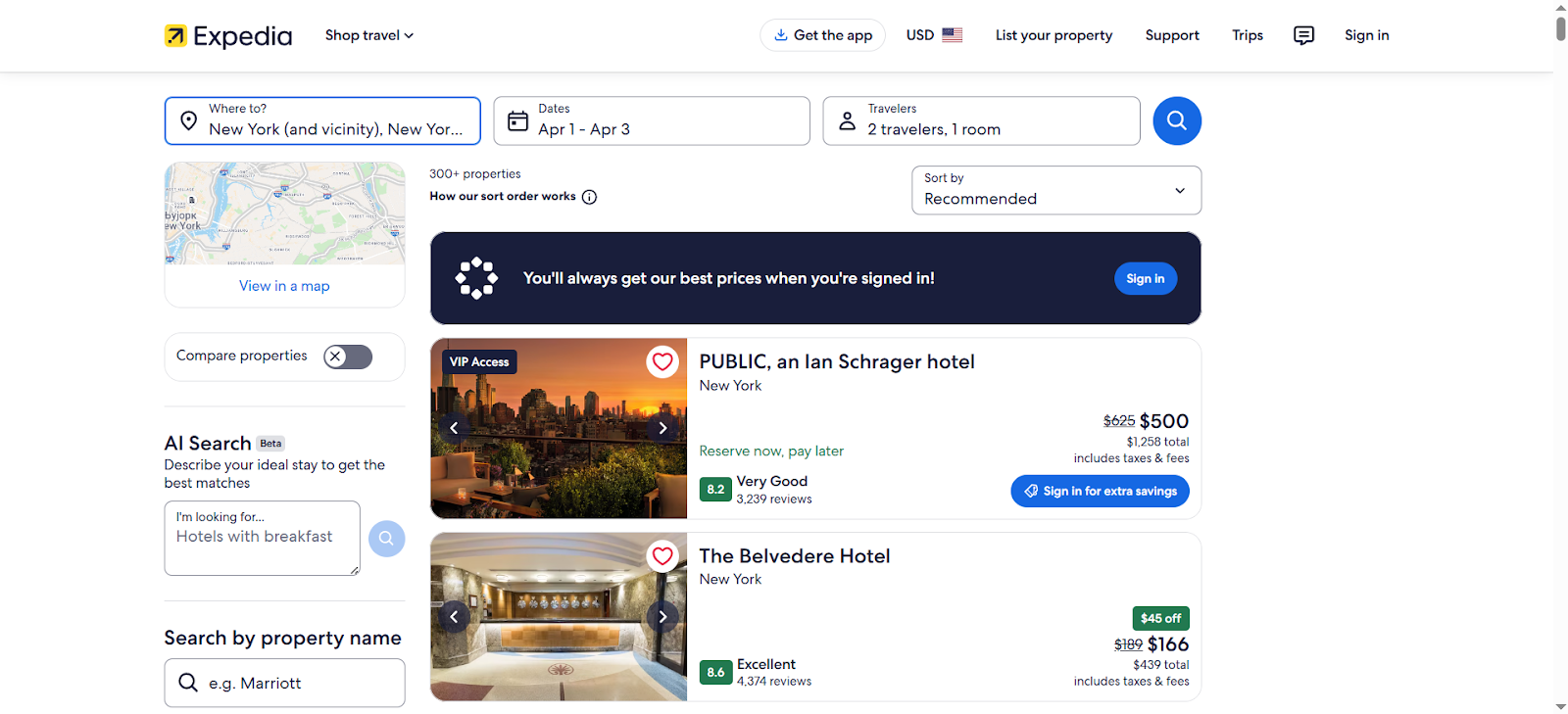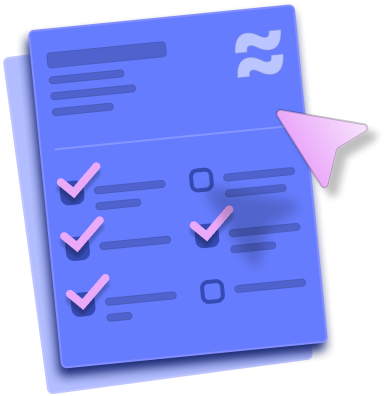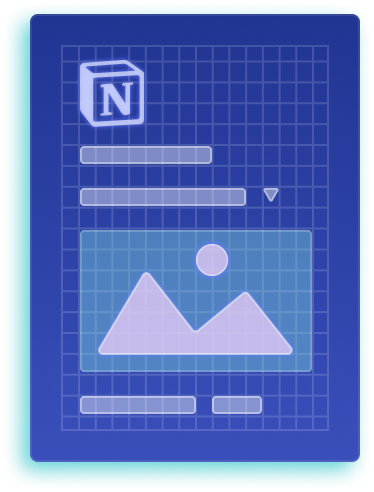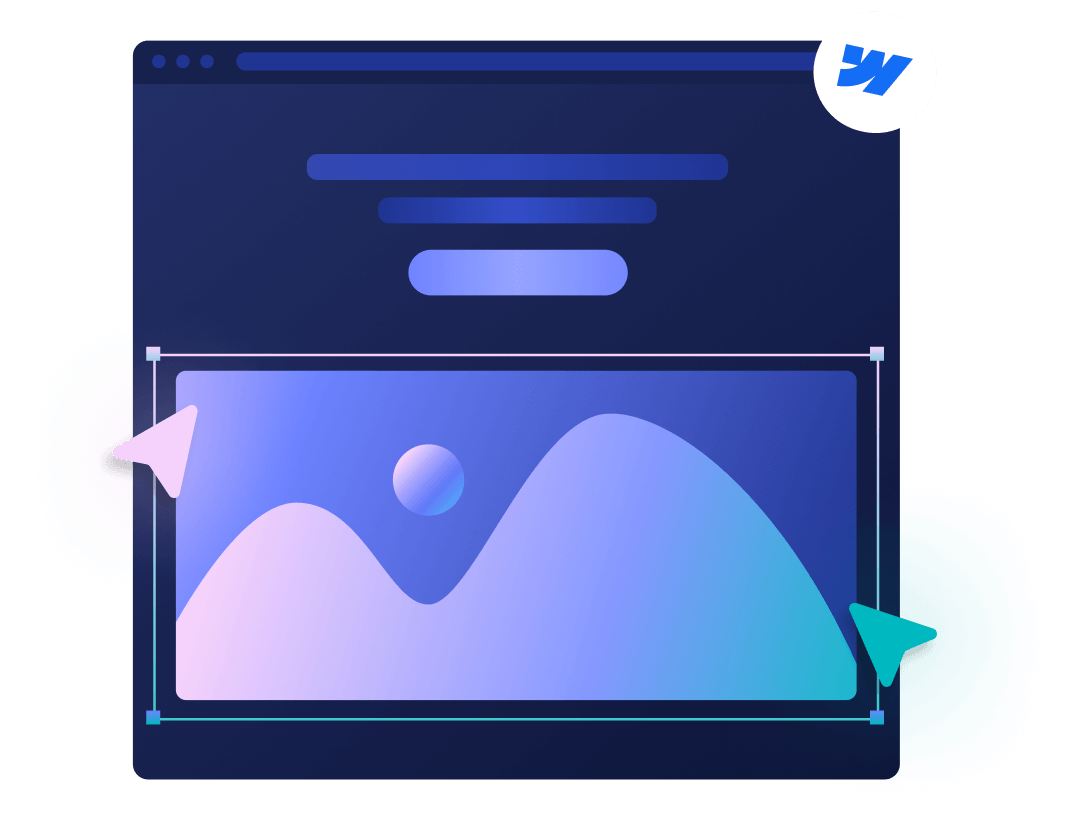
5 Programmatic SEO Examples That Drive Enormous Traffic
Programmatic SEO is about automating how you create optimized landing pages that can rank highly on search engine results pages (SERPs) and generate tremendous traffic. More traffic can lead to more conversions and leads, which makes them an invaluable asset to any business, including yours.
In this article, I’ll tell you all about how programmatic SEO works, as well as its benefits and drawbacks, and illustrate all of it by showcasing the top five programmatic SEO examples launched by world-renowned companies.
{{cta}}
What Is Programmatic SEO?
Programmatic SEO, or pSEO, is a data-driven method of creating and optimizing volumes of web pages targeting thousands of keywords. The method resides on automated processes, structured data derived from your database, and templates that do all the heavy lifting for content marketers. Here’s how.
Every page will start with a template, that is, certain information it wants to display. Say you run a website for booking accommodation. Here, we’re talking about property images, prices, information about amenities, etc. Instead of manually designing, writing, and creating thousands of these pages for every property on your site, you can simply employ pSEO to do that for you.
Here’s how Expedia does that. Let’s say you are looking for accommodation in Niagara Falls, Canada. The result will be something like this.

Now, if you want to change the query and search for places in New York, you’ll notice that the landing page will stay the same, but the content will change.

For example, the suggestions of places to stay, information about prices, and images will change, but the structure will remain the same. Even the search boxes and options will be uniform across the pages. That’s programmatic SEO magic for you.
Benefits of Programmatic SEO
When you want to scale your content and reach, programmatic SEO is the go-to weapon for many marketers. Let’s see why.
- Scalable content creation: There isn’t a more efficient way of quickly generating hundreds or even thousands of unique, targeted pages without the manual effort typically required, saving you considerable time and resources.
- Works with any CMS: Programmatic SEO isn’t restricted by your content management system (CMS) or website platform. Nonetheless, certain platforms have lived up to the hype. You can explore using pSEO for Webflow or WordPress for more robust websites with loads of pages or Shopify for e-commerce websites.
- Cost efficiency: By churning out 100x more pages for just a fraction of the original price, thanks to page templates, you can free up your budget for strategic or creative initiatives.
- Increased organic visibility: When you systematically target specific, long-tail keywords, you can significantly boost your website’s visibility. With better rankings come more conversions, giving you a higher ROI on your content investments.
- Improved user experience (UX): Programmatic SEO allows you to deliver hyper-relevant content tailored precisely to user queries. In turn, this will enhance their engagement with your website and pages and increase session time.
Even though pSEO lets you create high-quality content at scale, you need a sound content strategy in place to avoid having spammy pages. Every page you have needs to satisfy a particular user search intent with its content.
What You Need to Do Programmatic SEO
You must consider data sources, CMS, and other aspects to get the most out of programmatic SEO. Here’s a full breakdown of what you’ll need to get the best out of this technology.
Scalable Web Infrastructure (CMS or platform)
To get visitors to turn into loyal customers, build a brand, and establish a firm foothold in the industry, your website needs to be picture-perfect. From website performance metrics, such as the loading speed, to design and navigation, it all needs to work seamlessly if you are to achieve that goal, and the glue that keeps all of that together is the CMS.
First, you have to choose a CMS or web platform that supports the mass creation of web pages, such as Webflow. It is a CMS that helps you manage large datasets without performance loss.
Also, Webflow provides efficient indexing by automatically creating a sitemap for you so that Google’s crawler bots can see the entirety of your website.
Keyword Research and Strategy
Keywords are the backbone of any SEO strategy, so why should programmatic SEO be any different? You should identify patterns in your audience searches to pinpoint whether they are looking for products or services.
Then, you need to assess the search volume and competition of those keywords using tools such as Ahrefs and SEMrush to see if you can find any low-hanging fruit and whether specific keywords are worth pursuing or not.
After that, you can group keywords logically so that one template can address hundreds or thousands of variations simultaneously.
Structured Data Source
All the data you gather needs to be in a consistent format, such as spreadsheets (CSV), databases, or APIs. You must ensure that the data is of quality and error-free. After all, you’ll use it on thousands of pages. Examples of structured data include product or service details, locations, pricing details, or features. Basically, we are talking about any points your audience cares about.
Page Template
Page templates are the blueprints that you populate with the structured data we discussed earlier. These templates must be easy to read and have a clear structure that allows users to find information quickly.
Page templates should have different placeholders for details such as product prices, descriptions, location information, and everything else your business is about. The content on these pages will change, but the structure needs to be the same.
Automation Tools
Now, we come to the part where programmatic SEO shines the brightest – automating content production. For example, Webflow has native support for automation via its API, which streamlines the procedure tremendously. Here’s how it can work.
- Prepare the data for automation: You can use classic spreadsheets like Google Sheets to structure the database with information that’s part of the page template.
- Connecting data to Webflow with automation tools: You can then use a platform like Zapier to import the data directly without any coding. Create a Zap to automatically generate a page whenever a new row of the spreadsheet is added.
- Create dynamic page templates in Webflow: Webflow lets you define “Collections”, which are databases with structured data. There, you can add fields such as meta titles, H1s, content for the body of the page, and custom fields. Each collection automatically gets a template, so you can build a reusable layout once and use it repeatedly.
- Using Zapier to create CMS items automatically: Now, when you add a new entry to the database, Zapier maps all the necessary fields and creates an entry or a new page in Webflow. Webflow then instantly publishes an optimized page.
The 5 Highly Successful Programmatic SEO Examples
Now that you know how pSEO works, let’s take a closer look at the best programmatic SEO examples you can emulate and learn from.
Zapier Programmatic SEO: All Integrations, Connected to Each Other
Zapier, a platform that helps you connect thousands of apps and make them work together, is a prime example of the power of programmatic SEO. For example, if you search the term “Google Sheets and Slack integrations” on Google, Zapier’s page will likely be among the highest ranked ones.

This page is an example of programmatic SEO. Zapier actually has one just like it for every possible integration they offer, so we are talking about thousands of pages. The format is just the same.
You have dynamic placeholders that change based on the integration opportunity the users are searching. Then, the call-to-action buttons are there as well, plus a collection of templates for the said integration. This section is followed by an explainer video of how Zapier works and frequently asked questions regarding the integration.
The same method is replicated for all app integrations supported by Zapier, so we are talking about 7,000+ pages just for this type of query.
TripAdvisor Programmatic SEO: Automatically Targeting Travel-Related KWs
Remember the last time you searched for the best restaurants in an area or neighborhood? We bet TripAdvisor’s page came up as one of the top URLs on SERP. The company builds templates around the keyword searches such as “best restaurants in (city) or “hotels near (name of the landmark) to cover virtually all cities and locations.

The structured data they use for restaurants are user ratings, pricing, number of reviews, hours, the featured image, and short snippets of user comments. In essence, millions of long-tail keywords related to accommodation, things to do, and dining options are covered in this way by TripAdvisor, without them having to manually create such pages.
For the content part, they rely on the user-generated comments to populate dynamically created pages and keep things fresh and up-to-date, not to mention the value such content has in the eyes of Google and its content guidelines.
TripAdvisor also automatically generates localized content by translating dynamic pages and adjusting the metadata to reflect the region, which gives another dimension to their programmatic SEO efforts, and it has paid dividends.
Airbnb Programmatic SEO: Locations, Amenities, Properties

Another notable example of programmatic SEO is Airbnb. This accommodation behemoth uses programmatic SEO to build thousands of pages about listings relevant to every location and territory imaginable.
The property rental prices, number of rooms, amenities, photos, ratings, and availability are part of the structured data, and so is the information about the host, location, and more. Each of these pages has optimized metadata that targets particular keyword variations, increasing their visibility on SERP.
Whenever you browse rentals, you’ll feel like you haven’t left that one landing page, with all the same information available across all of them. Moreover, Airbnb uses automatic internal links that are related to geographic pages, which helps it with topical authority and user experience. For example, if you look for apartments in Chelsea, it will also show links to apartments across London, not just in this specific area of the city.
Canva Programmatic SEO: Targeting Thousands of Template Design KWs

Canva’s programmatic SEO efforts are directed towards a single goal – answering the user search intent for different design templates. For example, Canva automatically creates thousands of pages surrounding long-tail keywords such as “LinkedIn post templates”, “Instagram story templates”, and many others. Each page will be populated automatically, thanks to pSEO, to display different templates, plus categories, usage scenarios, user ratings, and other details.
It also seems that Canva automatically generates SEO meta titles for different templates. For example, a page about Twitter templates will have the following meta title: “Free and editable X/Twitter post templates for your profile | Canva”, while the one for Instagram post templates will be very similar: “Free, beautiful, and customizable Instagram post templates | Canva”, indicating the use of programmatic SEO to cover metadata as well and boost visibility.

Wise Programmatic SEO: The Currency Converter Pages

Wise (formerly TransferWise) is another fantastic example of programmatic SEO and a brand mastering programmatic SEO, but they tackle it from a financial perspective. When someone searches for something specific like "convert USD to EUR" or "best GBP exchange rates," Wise automatically generates a tailored landing page that directly answers that query. Each page dynamically pulls in real-time exchange rates, fee calculations, historical currency charts, and clear explanations about how to send money internationally.
For example, if you're searching for "USD to EUR exchange rates," you'll find a Wise page with a meta title like "US dollars to Euros Exchange Rate. Convert USD/EUR - Wise". This page will also give information on transfer fees, speed, and how Wise compares to traditional banks and other transfer services for conversion as you scroll along. Plus, these pages automatically update their content and metadata in real-time, ensuring they're always accurate and relevant.
Wise uses internal linking to connect these currency-specific pages to their counterparts for other currencies, the usual pairings for currency conversions, like USD to EUR and USD to GBP, to facilitate navigation and boost the UX. They even localize and translate these pages automatically for different languages and regions, effectively scaling their SEO strategy globally.
By automating thousands of highly relevant, targeted pages, Wise is doing the best it can with pSEO, and by being in the top three results for most of the related searches, it seems it has paid off.
{{cta}}
Conclusion
As you’ve seen, programmatic SEO isn’t just for tech giants. It’s a scalable and efficient way to grow organic traffic, no matter the size of your business. If you’ve got a content idea, dataset, or keyword niche you want to scale, Webflow is one of the best platforms to build it on, thanks to Webflow’s CMS Collections that make it easy to manage and scale structured content. Plus, Webflow automatically generates a Collection Page that can be used across content items.
If you want expert help bringing it to life, Flow Ninja specializes in designing and developing high-performance, pSEO-ready Webflow sites. The tools are here. The traffic is out there. Now it’s your move.





The Ultimate SEO Checklist for 2025 (Free)
Our SEO checklist contains a step-by-step overview of technical, on-page, and off-page items to help you get indexed, and ranked high.
.png)

.png)

in mind?
Talk with our team and learn how your ideas can become digital experiences.

.svg)






-min.png)


.png)
.png)

-min.png)












.svg)

.png)
.png)
.webp)
.svg)


